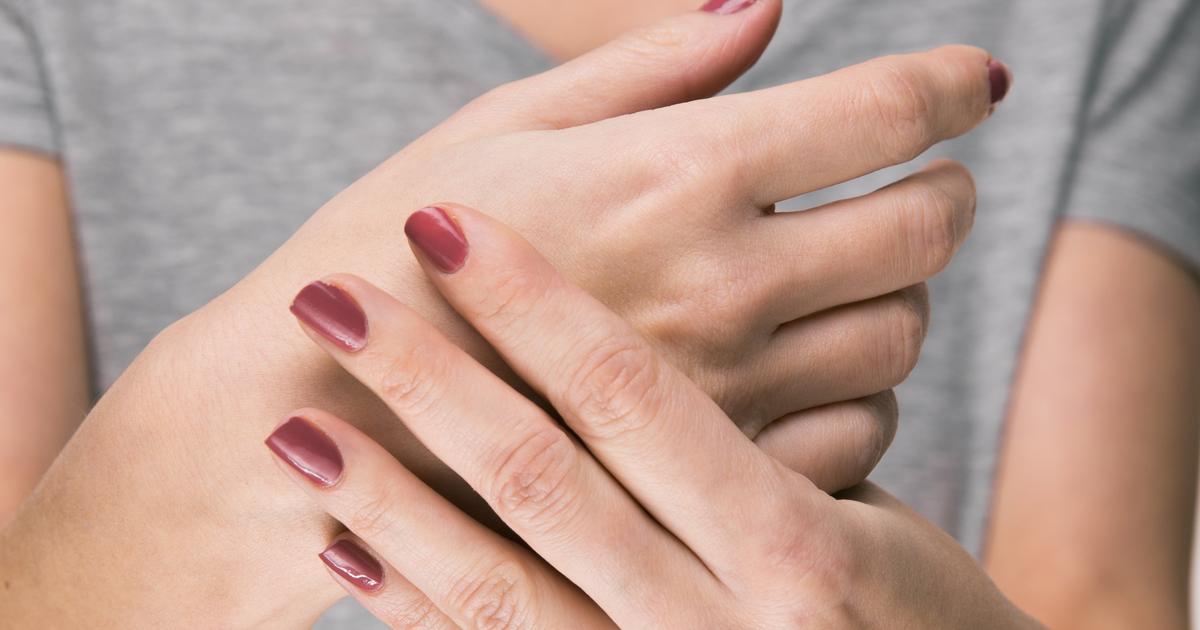Effective Methods for Diagnosing and Treating Trigger Finger
If your finger feels like it’s catching, snapping, or locking in place—especially when you wake up—it’s not just an odd glitch. It could be your body shouting a clear warning: trigger finger. This common yet often misunderstood condition happens when inflammation narrows the sheath surrounding your finger’s tendon, making movement jerky, painful, and frustrating. It’s especially common in people who use their hands repetitively, women between 35 and 50, or anyone managing diabetes or arthritis. The earlier you catch it, the better your chances of easing symptoms without invasive treatment. That’s why we’ve expanded our guide to 15 unmistakable signs that practically scream "trigger finger"—so you can recognize the red flags before your finger locks up entirely. From subtle stiffness to full-on snapping, these signs are your body’s way of saying pay attention. Don’t shrug it off—your hands do too much to be ignored. Let’s break down what to watch for.
1. Stiff Fingers

Patients with this condition often notice stiff fingers, and this could be painful and limit the patient's range of motion. Finger stiffness could make it difficult to grasp or hold objects, and patients might drop objects more frequently than they otherwise would. Stiff fingers may make everyday tasks such as driving, turning a doorknob, buttoning a shirt, or typing painful. Since stiff fingers often occur in the early stages of trigger finger, seeing a doctor at this time could enable patients to be treated more effectively and successfully. To ease the pain of stiff fingers, it may be helpful to use ice packs or heating pads, and patients might also wish to take anti-inflammatory medication.
2. Popping Sensation

Individuals affected by trigger finger may feel a popping sensation in the finger, and some patients could hear a popping noise as well; this is sometimes heard as a click. Popping usually occurs when the finger is moved. For example, patients could experience popping while they are typing, opening a jar, or doing an activity that requires the finger to exert force, bear weight, or move against resistance. Some individuals could find the popping sensation frightening, and it may be followed by pain. It could occur when the finger is being bent, and it may also happen when the finger is being straightened. The popping sensation might sound like a trigger being released, and this sensation gives the condition its name. If possible, being able to replicate the popping sensation during a physical exam with a doctor could be beneficial in the diagnostic process. It can also be helpful for doctors to know if the popping occurs only after certain activities. Patients who have surgery for trigger finger often find the popping sensation is one of the first symptoms to resolve during the recovery period.
